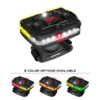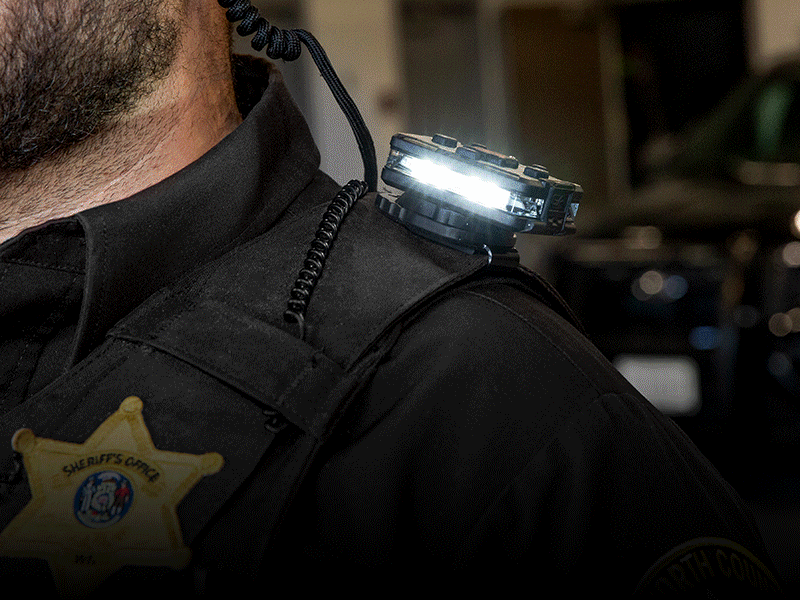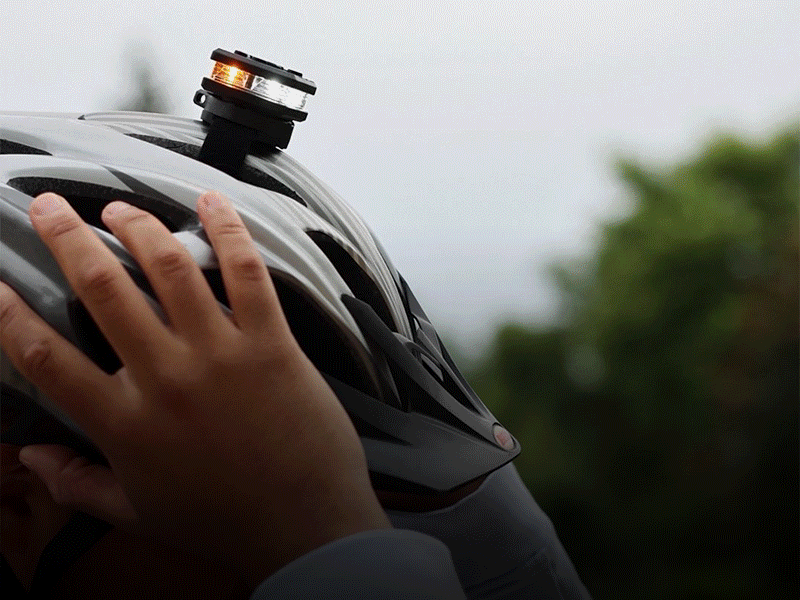Arizona Emergency Vehicle Light State Statutes
Arizona Emergency Vehicle Light State Statutes
Under Arizona state law 28-101, drivers are guided to what lights they will look out for from emergency vehicles, as well as what licenses they need to have warning lights on their cars. Arizona has very stringent rules on who can have what lights on its cars. Currently law 28-947 has the rules and penalties for what happens when a driver has any form of lamp or lighting system that has blue and red lights.
In emergency situations, first responders must use various emergency vehicle lights to let people know to get out of the way and move to the side. Such lights capture the attention of people and isolate them from what danger is depending on the light status. Police, fire trucks, ambulances, and other vehicles all feature certain colors of lights they may use. Other vehicles, such as a utility vehicle or a school bus, may use specific statuses under a permit.
The following lights are described under the main state statute and should give you a better insight into what emergency vehicles are using each light status for.

Police Lights
Within the statute, there are various sections governing city police, sheriff lights, and lights for state trooper. Each vehicle has the same color police lights but their vehicle’s markings are different and they also have additional warning lights.
City Police Lights
These vehicles are intended to have standard red light on top of the forward-facing vehicle, while a blue light may flash or remain constant when turned on. Certain parts of the car may have the blue light, but the red light must be on top of the vehicle.
Sheriff Lights
These are very similar to city police lights, but in addition to the red lights, sheriff vehicles may have more blue lights that flash. The red light has to be facing forward and on top of the vehicle, just like city police do.
State Trooper Lights
These vehicles are mostly using blue lights but may also have red light. If the vehicle has a red light, it has to be facing forward and should be in front of the vehicle. Some vehicles have blue lights which flash when turned on in the dash and back window area.
Fire Truck Lights
Most people don’t realize that fire trucks are regularly called out to accidents and roadside events to prevent fires and to provide help. Just like ambulances and police cars, fire trucks have different lights and sirens to denote an emergency response. In Arizona, fire trucks have multiple flashing lights but they must have forward-facing red lights that flash when an emergency occurs. They may also have white fire truck lights that blink quickly on the side.
Volunteer Fire Fighter Lights
Where a volunteer responds to a scene, the use of yellow or white warning lights may be permitted but official red or blue lighting is not permitted. They are only used for official state emergency vehicles.
Ambulance Lights
If you have an emergency response vehicle, such as an ambulance, you must have a red light on top of your vehicle that faces forward. The ambulance may have other lights but the main color must be red. Many ambulances very much between red and red/white warning lights, though. These are both allowed by statute 28-624.
Tow Trucks Lights
Since tow trucks are not official emergency vehicles, they have different requirements for the light status. No other vehicle shall be allowed to use red or red and blue lights under statue 28-624 except for police, fire trucks, and ambulances. Tow trucks are only required to use white or yellow warning lights when they are in the roadside assistance towing act. They are not, however, to use their lights in any way that symbolizes their being a police officer or an emergency responder.
Construction Vehicle Lights
Certain parts of the law deal with issues and road at roadside. These vehicles must have certain lighting to tell drivers they will be moving slowly or carrying an oversized load. You will find that under statue 28-947 these vehicles can have yellow or amber lights, as well as white warning lights. These lights should not be used to try to intimidate other drivers, since they are not lights for police or emergency responders.
Utility vehicle lights
You may see yellow or amber lights as well as white lights when power trucks respond to a disaster, such as a power outage. Under Statute 28-947, these are emergency lights which denote dangerous situations and emergency use, typically when a vehicle needs to park in traffic in order for the technician to fix the problem. If there are live wires, you may see the car is blocking traffic in order to avoid a dangerous situation.
Pilot Vehicle Light
Pilot cars denote a warning of over-sized vehicle. These vehicles can also be equipped with special warning lights that denote other drivers to notice the extra wide load and need to take precaution as they pass. Pursuant to Statute 28-947, these vehicles have white and amber light. These vehicles are not emergency responders, so they may not be intimidating other drivers with the lights. They are to be used only when escorting an oversized cargo vehicle.
Security Vehicle Lights
You may have seen security guards driving in a building in a car with different lights on top or you may have seen a mall security guard patroling the parking lot with lights on top of the car. Those lights are designated as yellow, amber, or white warning lights below 28-947. These vehicles must be allowed to have these strobe lights, as they may seem to be emergency responders or police officers, but they are actually employed by the private property they patrol on.
Snow Plow Lights
You may see snow plots under statute 28-947 which are allowed to have amber and yellow lighting in areas where it gets colder with snow. This is important as they move slowly and work n the roads many times to make them clear for other drivers.
School Bus Lights Buses also have





